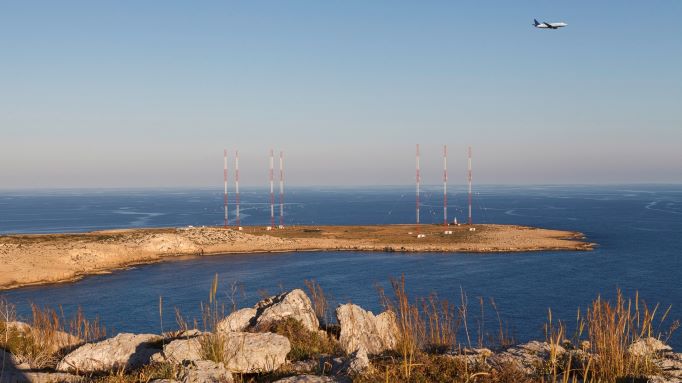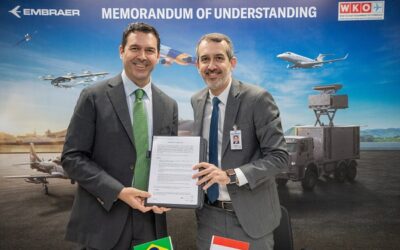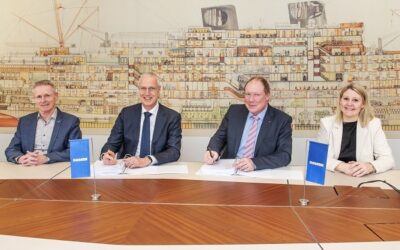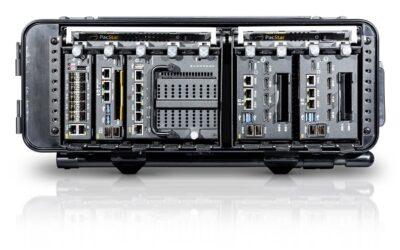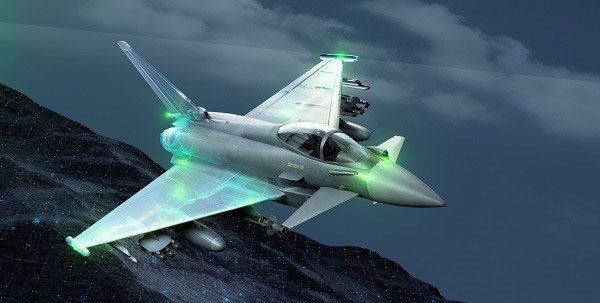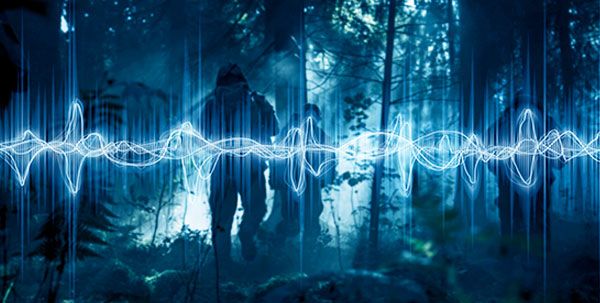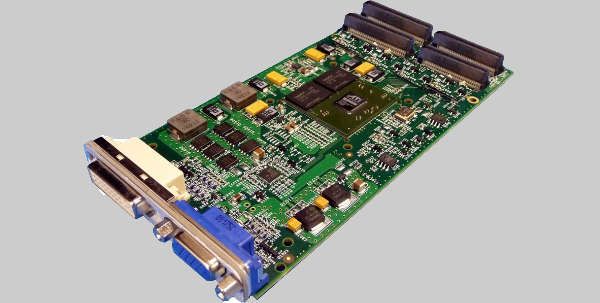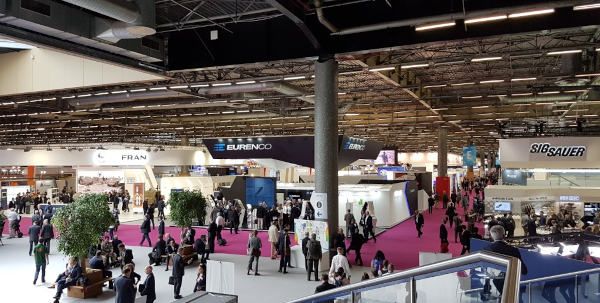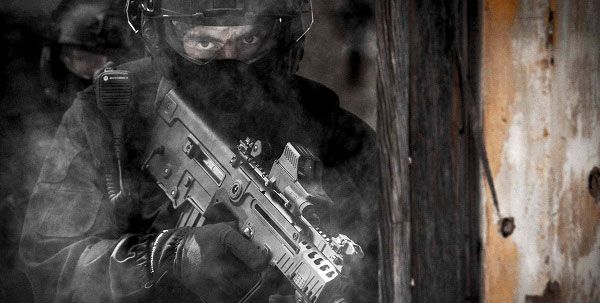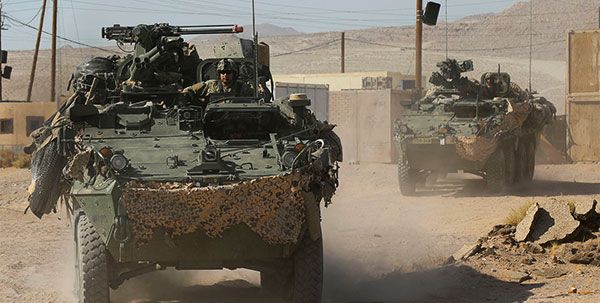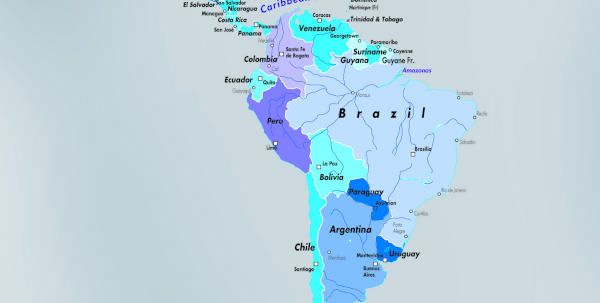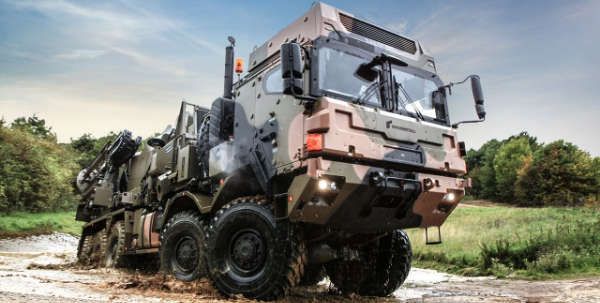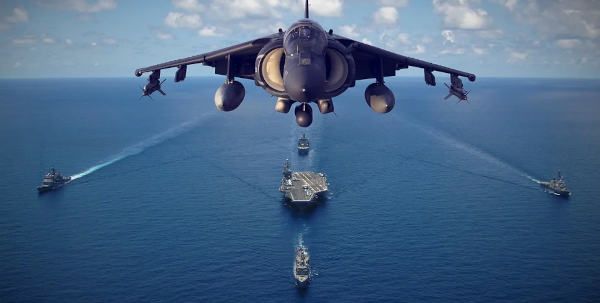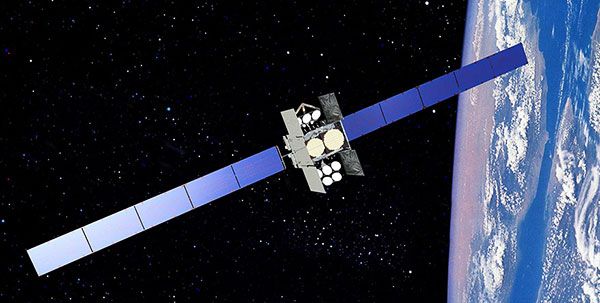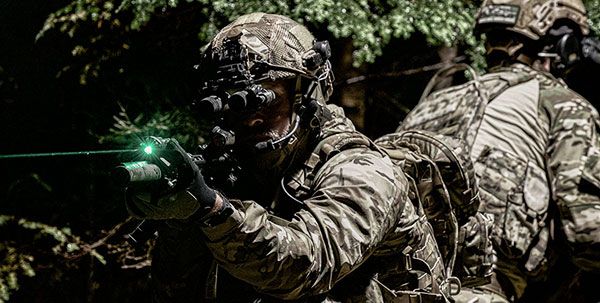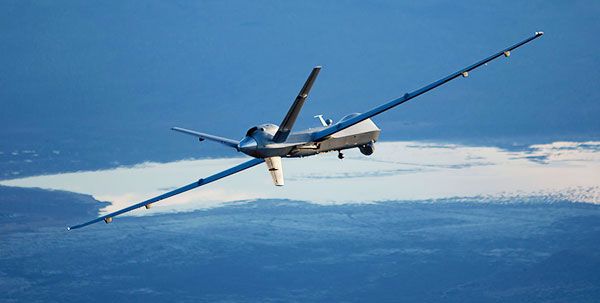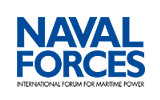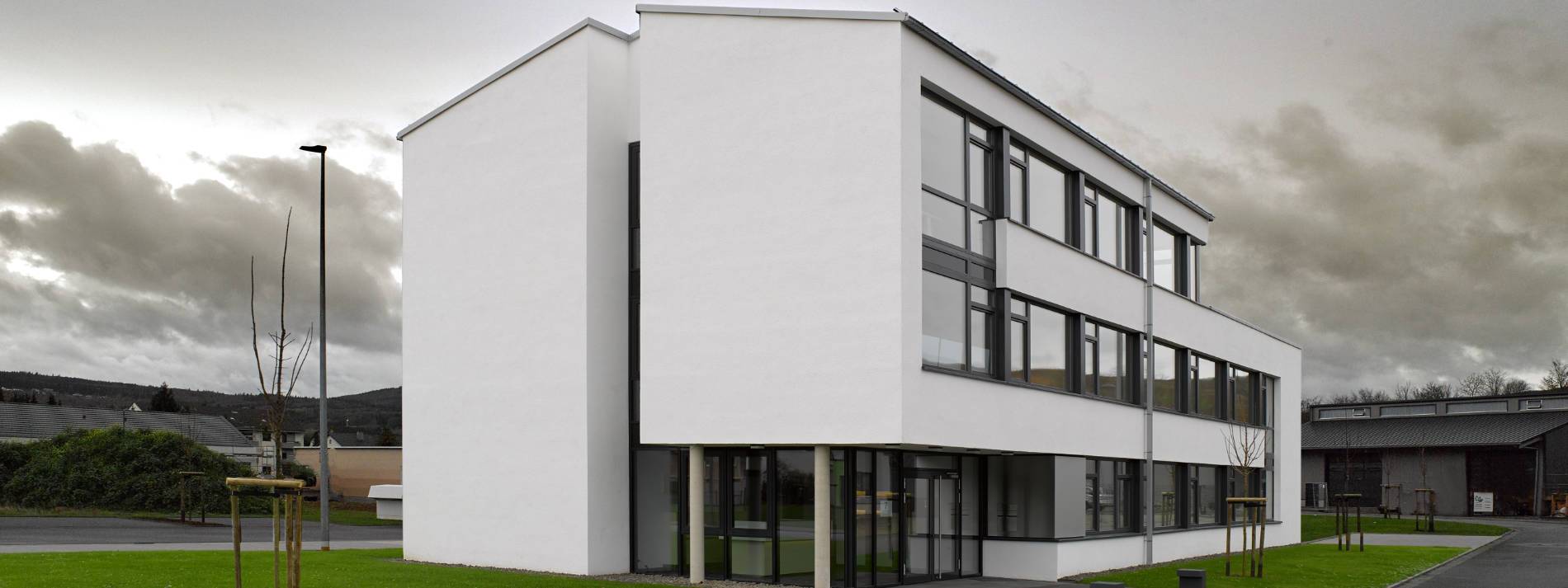High Power, Small Footprint Devices Ideal for Harsh Environments
Next summer, Rohde & Schwarz is to deliver its SK4105 high-power HF transmitters to Naviair, the Danish air navigation service provider that handles air traffic in the lower airspace from the Flight Information Center (FIC) in Greenland, the company announced on 13 December. Although Naviair is a civilian authority, the improvement in communications facilities in an area of increasing concern from a geopolitical standpoint will impact defence readiness in NATO’s northern area of interest.
Greenland’s airspace is huge, with transmitter stations placed in remote locations. Naviair operates several HF and VHF radio systems at strategic points along the coast, and the Flight Information Center (FIC), in Nuuk, is responsible for primary communications. Its legacy HF transmitters will soon be replaced with the new R&S SK4105 shortwave transmitters, which combine high transmission power with a small physical footprint, making them ideal for air traffic control over large areas in harsh environmental conditions. “The R&S SK4105 is ideal for the demanding Greenland environment, with a compact footprint, reduced maintenance, low power consumption and high reliability,” commented Henrik Tvilling Jensen, Project Manager at Naviair. “The new transmitter meets our environmental and performance requirements.”
The SK4105 transmits in the 1.5-30MHz frequency range, with up to 5kW transmission power. The high transmission power enables clear, long-range radio links between ground stations and aircraft. The transmitter features a liquid cooling pump unit and fits into a 19-inch rack: other transmitters require up to four times as much space and more frequent maintenance due to mechanical wear. “Liquid cooling relieves thermal stress on all components in the housing and increases overall system reliability,” explains Marius Münstermann, VP Air Traffic Control, Rohde & Schwarz. “This is very important for transmitters with safety-critical tasks, especially those in remote, snow-bound locations that are very difficult to access. Under such operating conditions, waste heat from the transmitter housing can be used to warm the transmitter shelter.”
Compared to air-cooled RF transmitters, overall power requirements are lower. This reduces operating costs and helps air navigation service providers shrink their carbon footprints. In regions outside Greenland’s permafrost climate, liquid cooling has another benefit: since the cooling system is independent of ambient air, the transmitter can also be operated in locations with little air conditioning.
“The R&S SK4105 control transmitter is based on R&S Series 4100 radio devices, whose 1kW version has been successfully used in several Greenland coastal radio stations for vessel traffic,” observed Münstermann. “The exciter is in line with EUROCAE ED-137C criteria and is software defined, making it easier to integrate new transmitter functions and adapt to future radio standards. As part of the Rohde & Schwarz CERTIUM portfolio, the HF high-power transmitter is compatible with other CERTIUM hardware and software and can be expanded to suit specific applications.”

